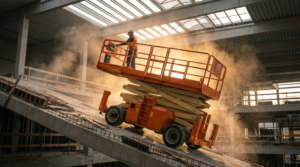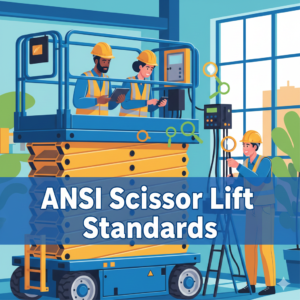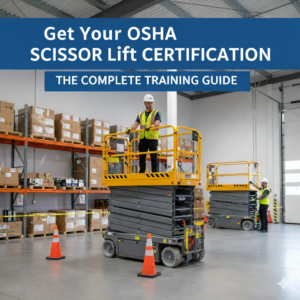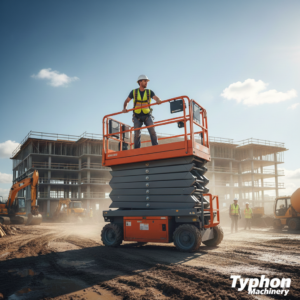Scissor lifts are essential equipment for various industries, including construction, warehousing, and maintenance. To ensure the safe and efficient operation of scissor lifts, regular maintenance is crucial. In this article, we will discuss some maintenance tips and costs associated with scissor lifts.
1. Regular Inspections
Regular inspections are essential to identify any potential issues with the scissor lift. Inspect the hydraulic system, electrical components, and structural components for any signs of wear and tear. Check for leaks, loose connections, and damaged parts. By conducting regular inspections, you can address any issues before they escalate into costly repairs.
2. Lubrication
Proper lubrication is vital to ensure the smooth operation of the scissor lift. Lubricate the moving parts, including the scissor arms, pivot points, and rollers. Use the recommended lubricants and follow the manufacturer’s guidelines for lubrication intervals. Overlooking lubrication can lead to premature wear of components and increased maintenance costs.
3. Battery Maintenance
If your scissor lift is battery-powered, proper battery maintenance is crucial. Regularly inspect the batteries for any signs of corrosion, leaks, or damage. Clean the battery terminals and ensure that the batteries are properly charged. Neglecting battery maintenance can result in unexpected downtime and costly battery replacements.
4. Training and Operator Awareness
Proper training of scissor lift operators is essential for the safe operation of the equipment. Ensure that operators are aware of the proper operating procedures, load capacities, and safety guidelines. By promoting operator awareness, you can minimize the risk of accidents and reduce maintenance costs associated with equipment misuse.
5. Professional Servicing
While regular inspections and maintenance tasks can be performed in-house, it is essential to schedule professional servicing at regular intervals. Professional technicians can conduct thorough inspections, identify potential issues, and perform necessary repairs. While professional servicing may incur additional costs, it can help prevent major breakdowns and costly repairs in the long run.
Costs Associated with Scissor Lift Maintenance
The costs associated with scissor lift maintenance can vary depending on the type of lift, its usage, and the extent of maintenance required. Some common costs associated with scissor lift maintenance include:
1. Replacement Parts
Over time, certain components of the scissor lift may require replacement due to wear and tear. This can include hydraulic hoses, electrical components, batteries, and structural components. The cost of replacement parts can vary based on the specific make and model of the scissor lift.
2. Professional Servicing
As mentioned earlier, professional servicing involves costs associated with hiring qualified technicians to conduct thorough inspections and maintenance tasks. The cost of professional servicing can vary based on the service provider and the extent of servicing required.
3. Downtime
Downtime due to unexpected breakdowns or maintenance activities can result in lost productivity and revenue. While it may not be a direct maintenance cost, downtime can have a significant impact on the overall cost of scissor lift ownership.
4. Training
Investing in proper training for scissor lift operators is essential for safe operation and maintenance. While training costs may not be directly associated with maintenance, they are crucial for minimizing the risk of accidents and equipment damage.
In conclusion, regular maintenance is essential for ensuring the safe and efficient operation of scissor lifts. By following these maintenance tips and being aware of the associated costs, you can effectively manage the maintenance requirements of your scissor lift and minimize unexpected expenses. Remember that proactive maintenance not only reduces costs but also extends the lifespan of your scissor lift, ensuring optimal performance for years to come.
Learn More : SCISSOR LIFT SAFETY FEATURES AND CERTIFICATIONS





